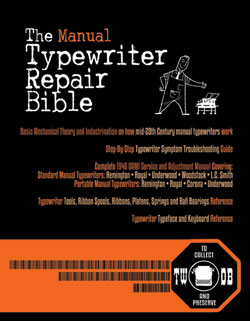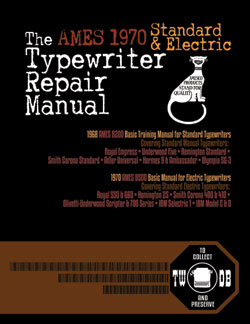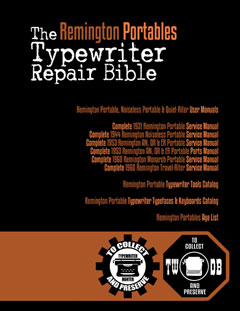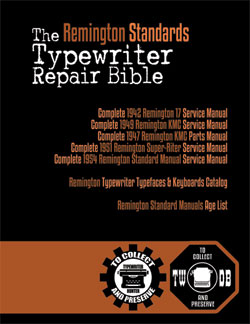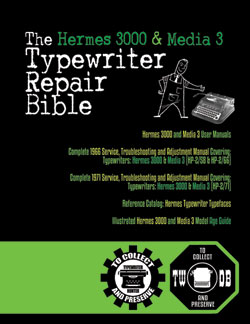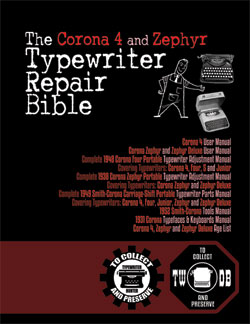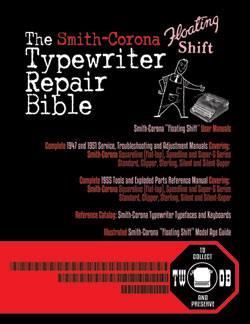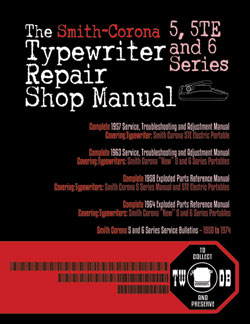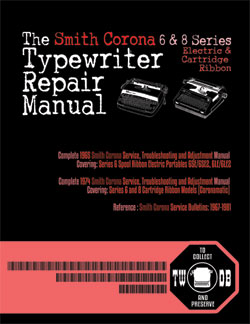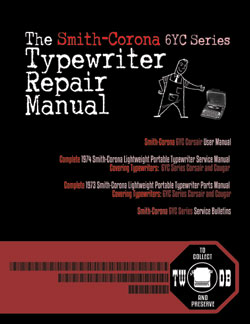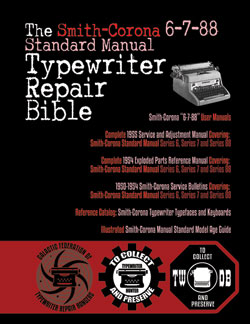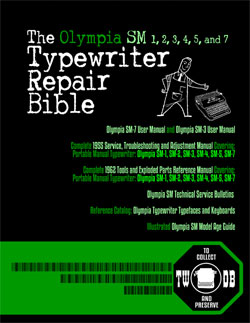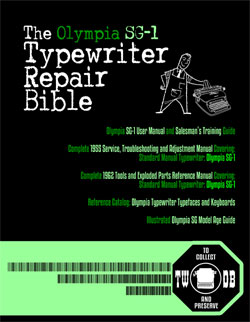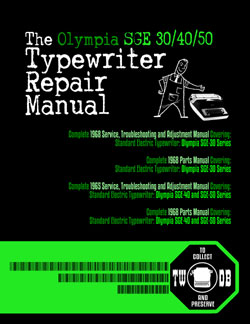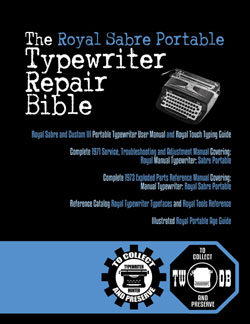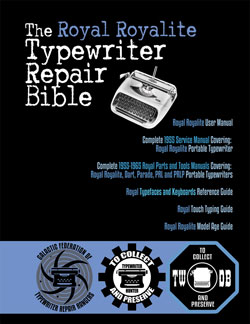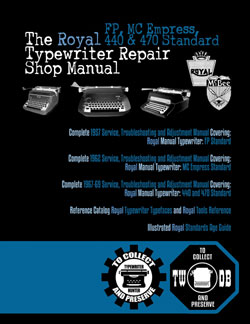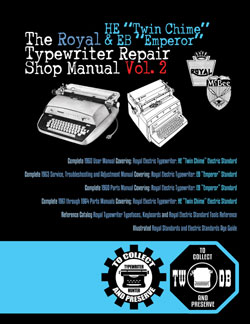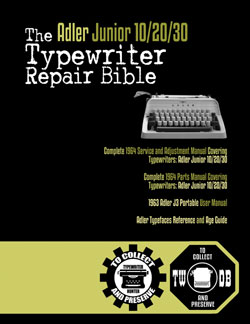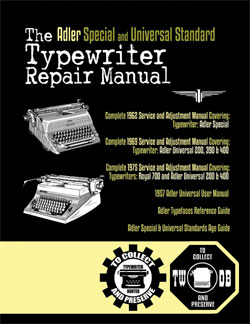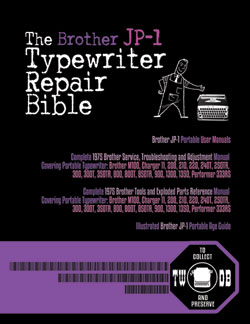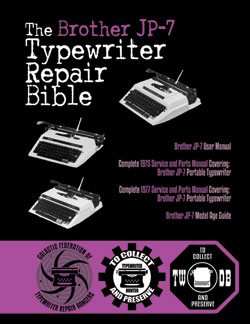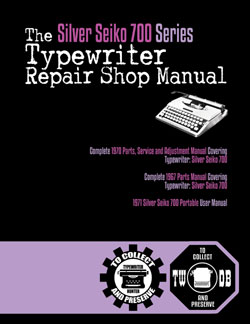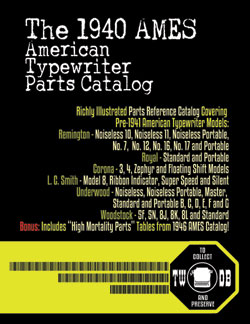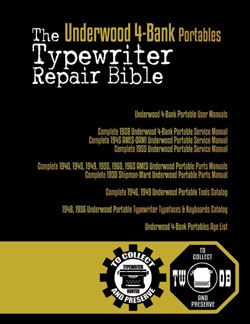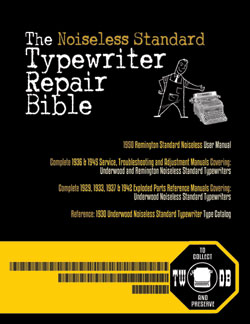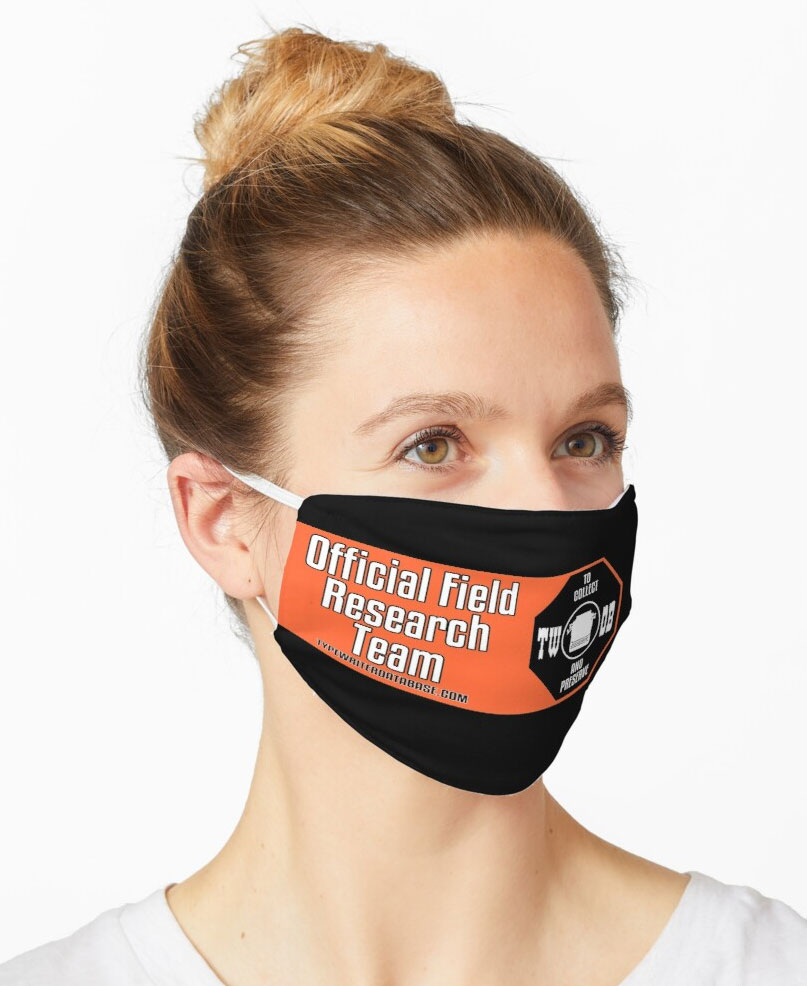190x Fay-Sholes 7 #18 024
Status: My Collection
Hunter: Erik Bruchez (ebruchez)
Created: 01-11-2019 at 09:55AM
Last Edit: 08-16-2019 at 09:50AM
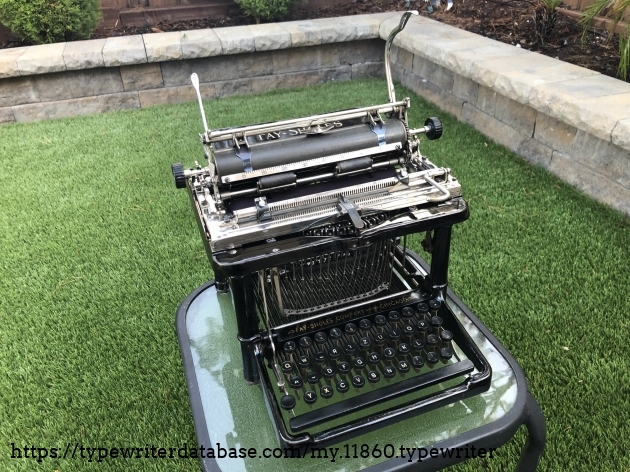
Description:
This Fay-Sholes No. 7 is the first one documented on TWDB it seems!
This is a basket-shift upstrike! When you shift, the entire basket moves from back to front (and back) and the carriage doesn't move at all. This is contrary to, for example, the Remington 6 or 7 and earlier, where shifting moves part of the carriage from front to back (and back).
The Fay-Sholes No. 7 only has a left-hand shift key. But the basket-shift is very light, and using the left hand to shift is therefore less of a problem. You can easily do a shift-S, for example, with your left hand.
The inside the the machine feels very roomy. In many ways, the Fay-Sholes looks like an improved Remington 6 or 7: it features metal key levers instead of wooden ones, the key lever springs in the back are neatly organized on a metal bar, and generally things feel tighter than on a Remington 6/7.
On the other hand, it doesn't look like it features an automatic ribbon reverse mechanism, or an automatic way of moving the ribbon front-to-back, two features present on the Remington 6 as well as the Smith Premier 2. You can move the ribbon forward/backward with a knob on the right side of the machine. I still need to verify exactly how this works.
I just found out that the machine might be missing a vertical rod in front, right under the character indicator. The purpose of this is to prevent the key levers from moving when reaching the right margin. The character indicator is lifted, its back lowered, therefore pushing down the rod, which pushes another bar that blocks the key levers. This part appears missing on the few pictures of Fay-Sholes 6 or 7 online. On the other hand it is present on other models (maybe model 4?). Could it be that the hardware was there on the 6/7 but the rod never installed? Or it might just have fallen off. This needs more research. Either way, it shouldn't be hard to build a replacement if needed.
This machine has a Swiss-German QWERTZ keyboard, with a dead key for the circumflex and grave accents which also allows for writing in French or Italian. Interestingly enough, unlike most dead keys which you hit before the letter, here you hit the dead key *after*. So you type "e", which advances the carriage, then:"^", which writes on top of the previous letter without advancing the carriage! This is a fun way to do it as that means the typebar for the dead key must hit to the left of the normal position.
I found the serial number under the carriage. This requires removing the carriage, which is very easy: just remove the two screws, one on the left and one on the right side.
As of August 7, 2019, the machine is essentially cleaned and restored, with a few little details to take care of.
During the restoration, I noticed that the escapement was behaving erratically. The horizontal dented bar was moving up at each keystroke but not in a nice way. After I typed a little with the machine, a nut that was holding it, and which I had removed and put back, just flew off. I then realized that the bar had been incorrectly adjusted. It did not properly swivel on its pivots. I took it out and adjusted it properly, and voila, the escapement now works seemingly as it should.
Typeface Specimen:
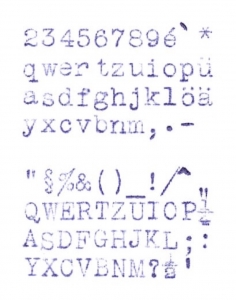
Links:
Photos:
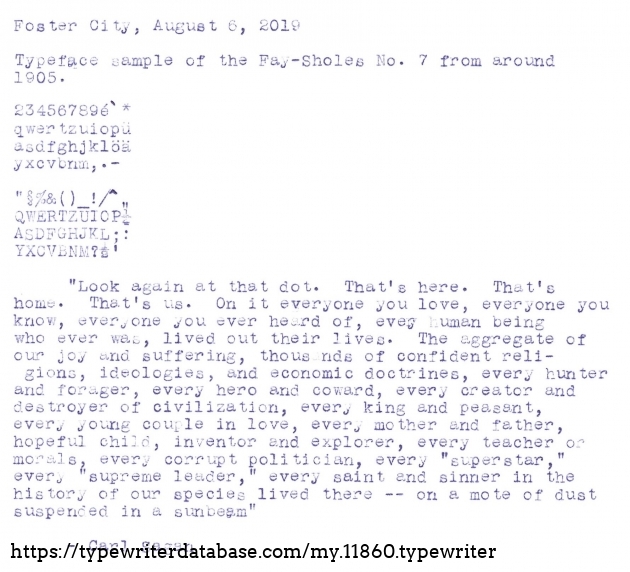

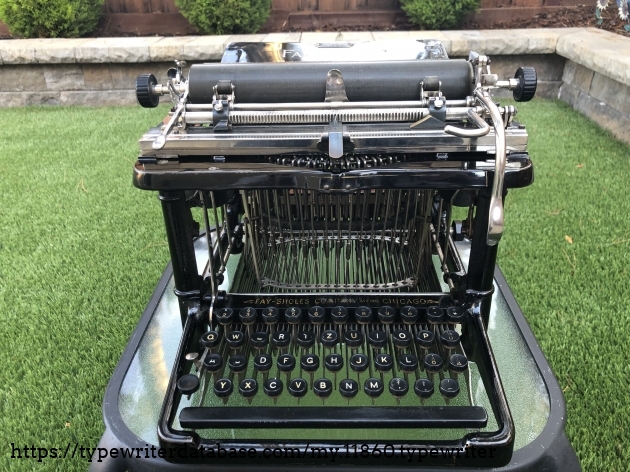
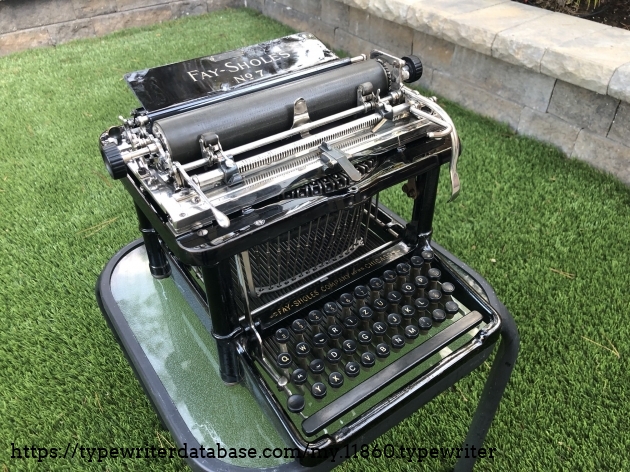
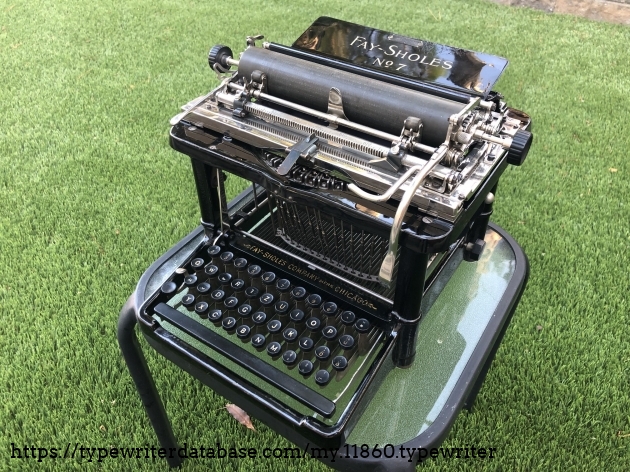
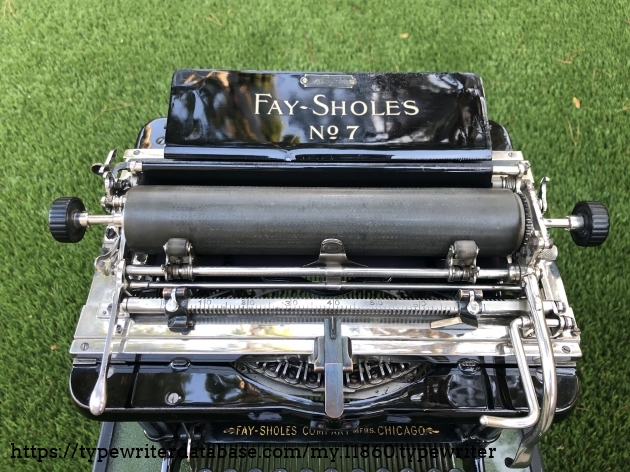
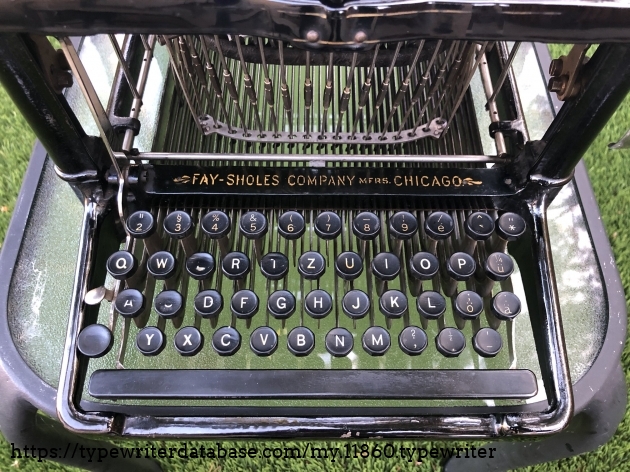
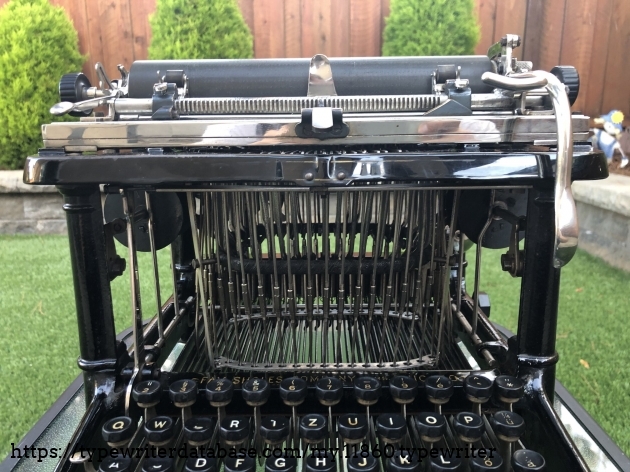
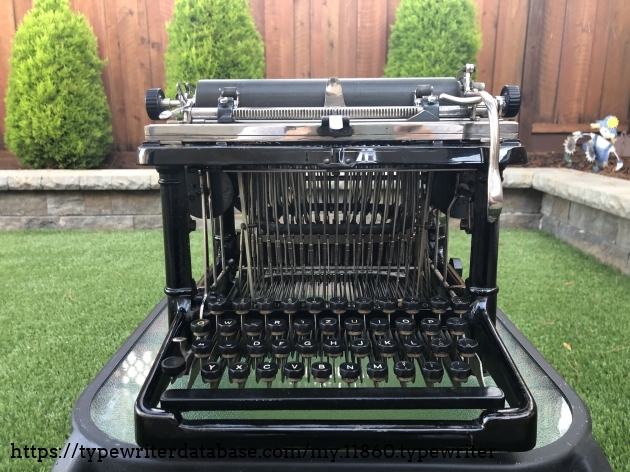
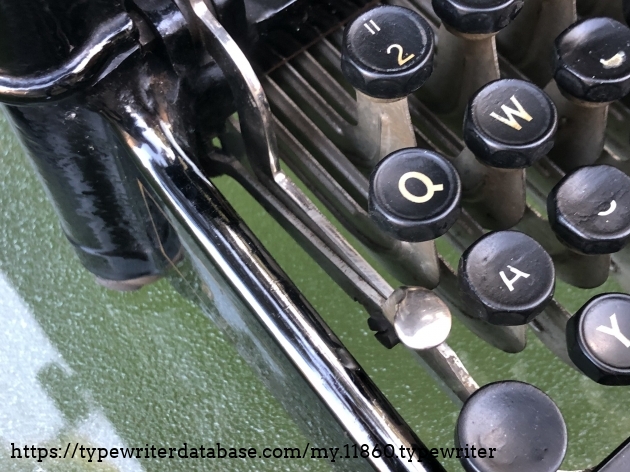
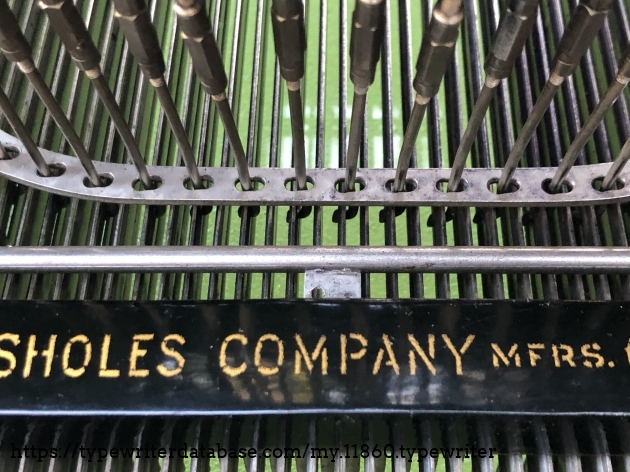
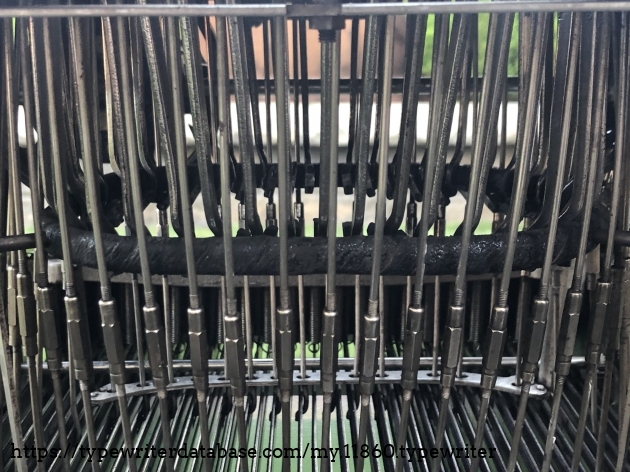
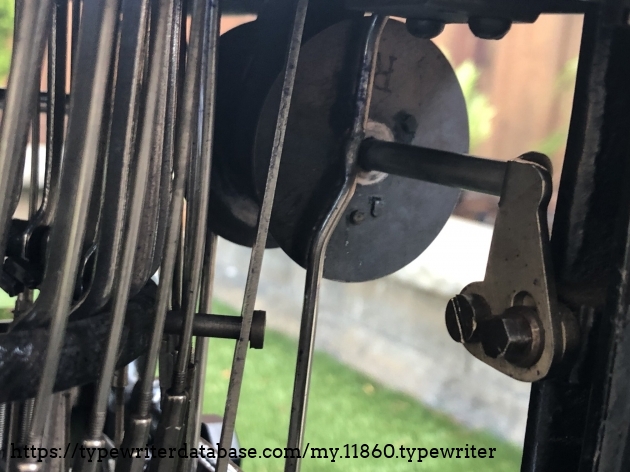
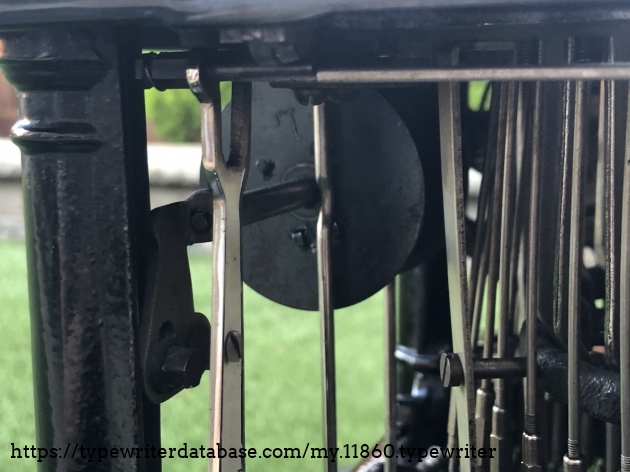
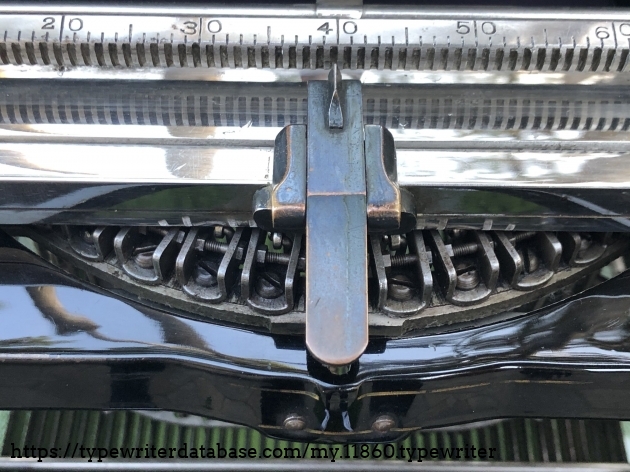
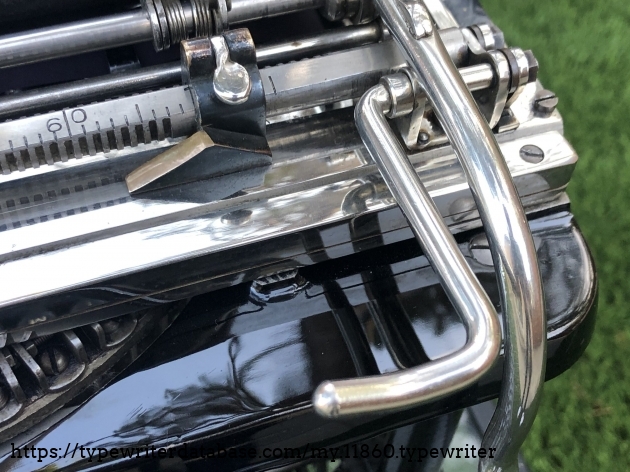
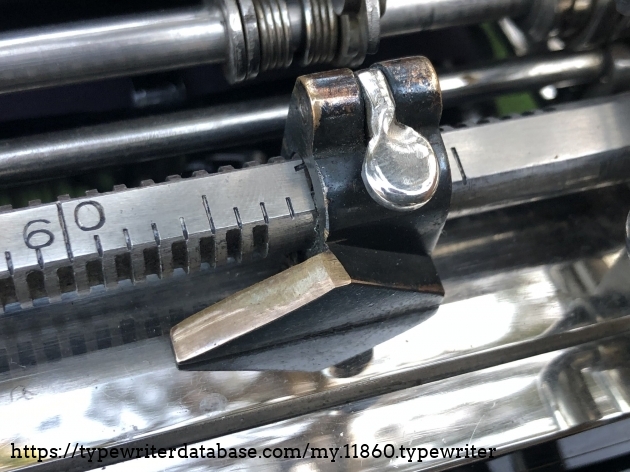
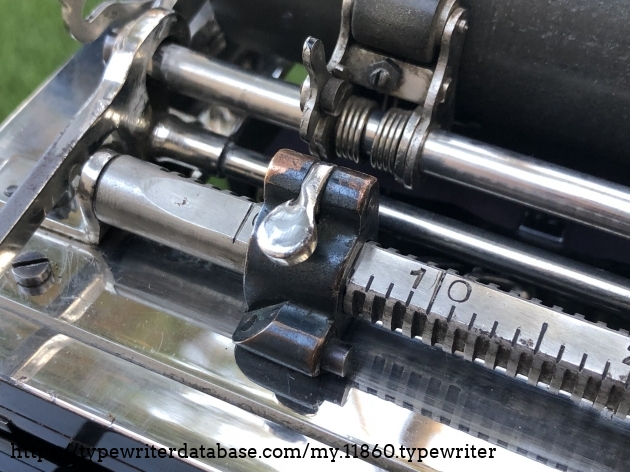
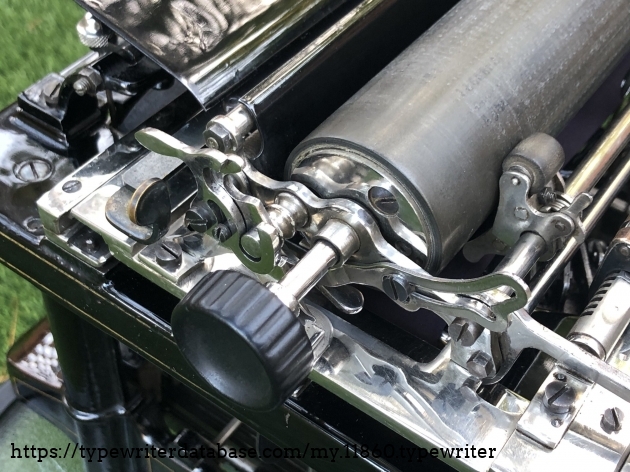
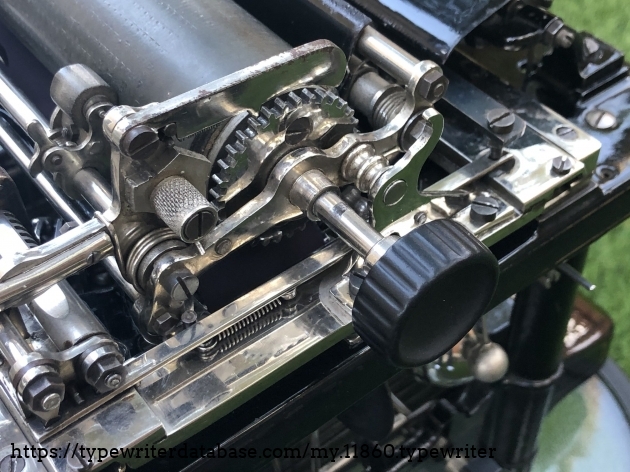
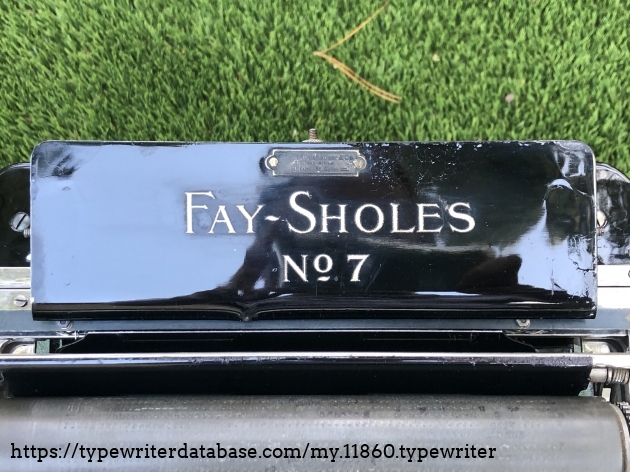
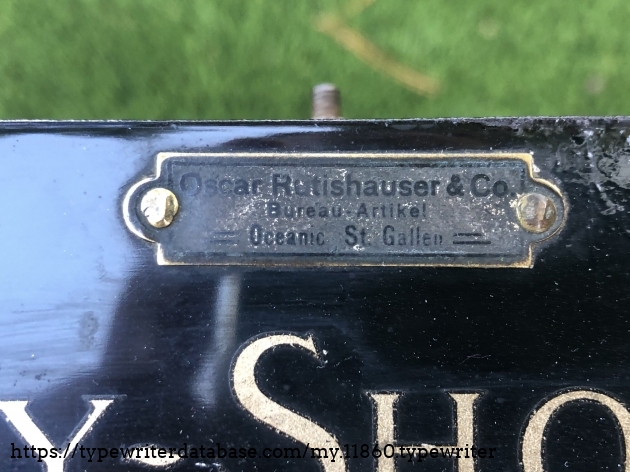
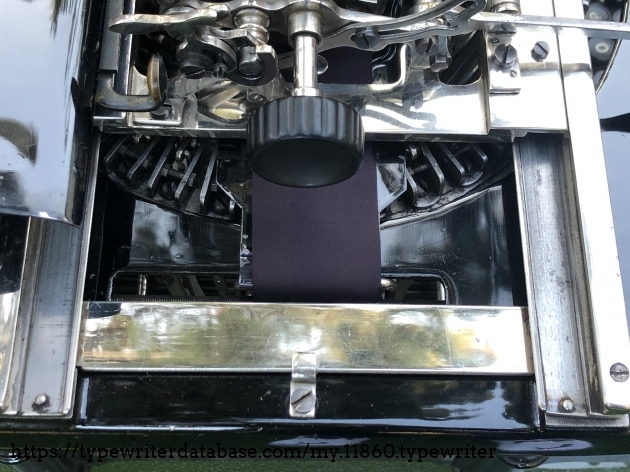
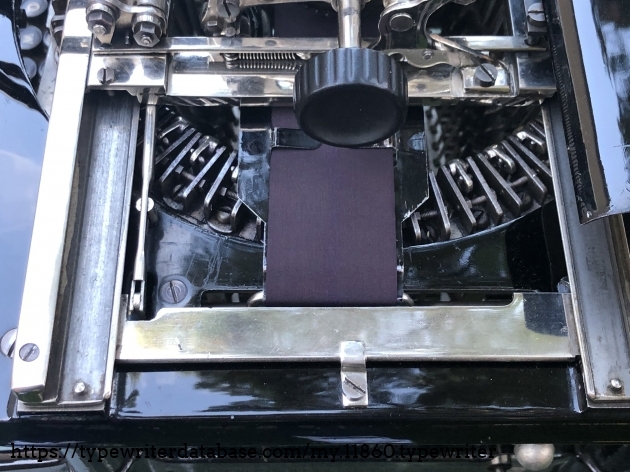
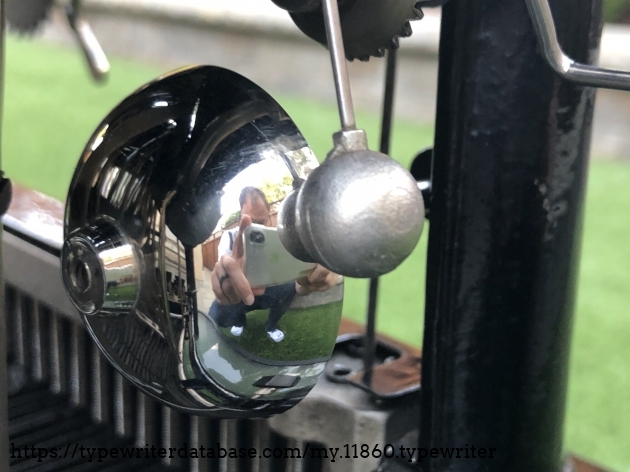
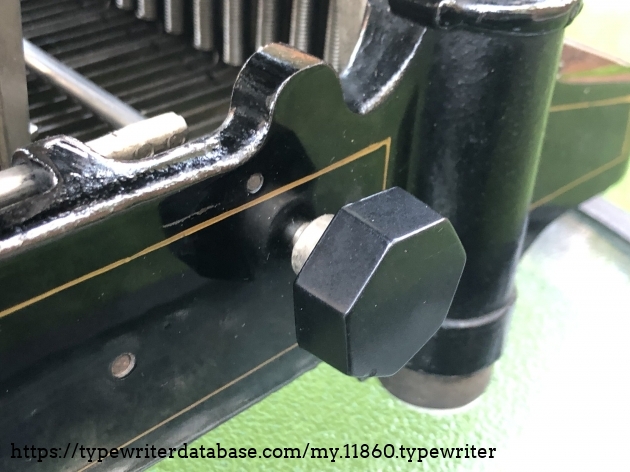
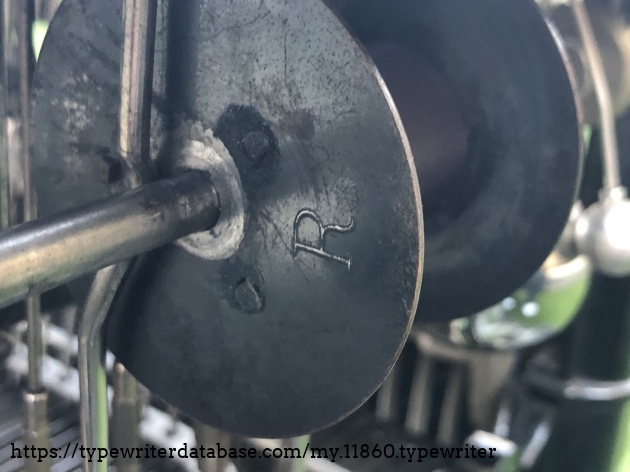
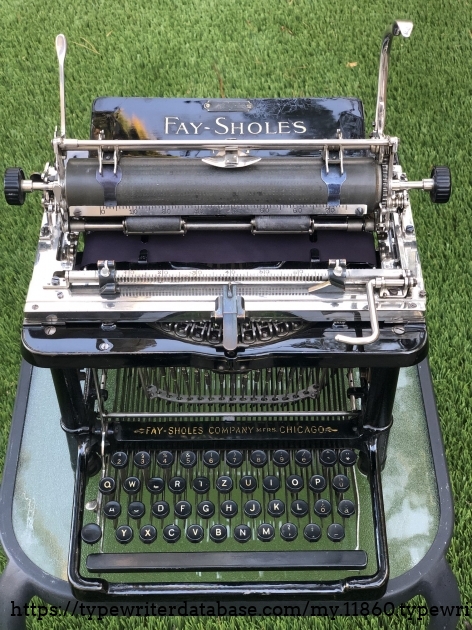
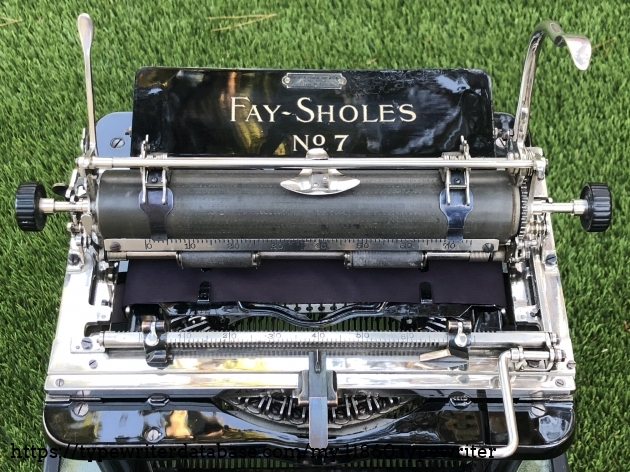
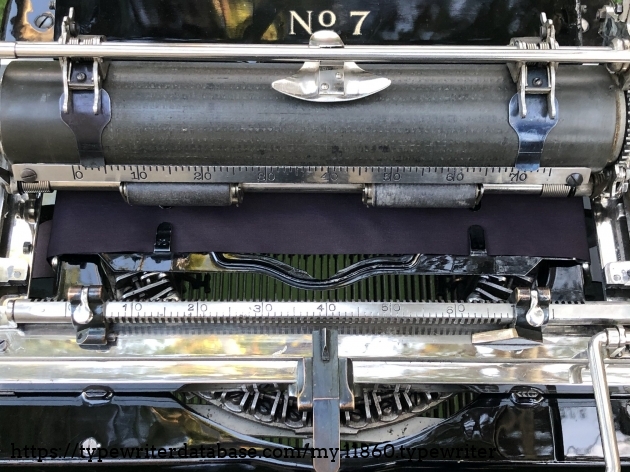
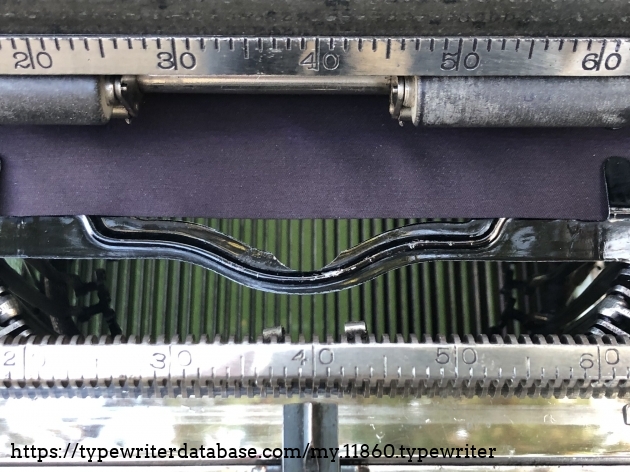
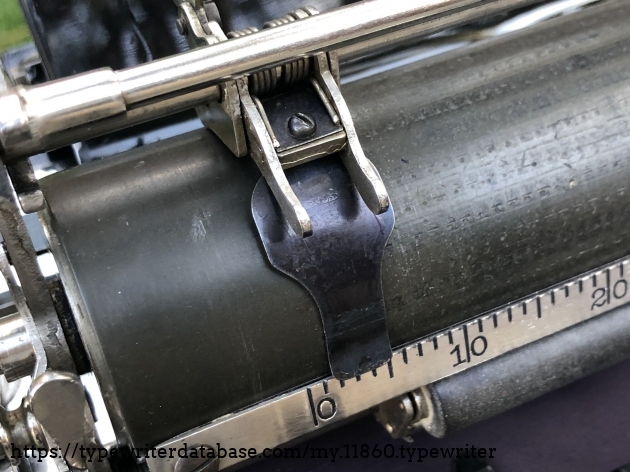
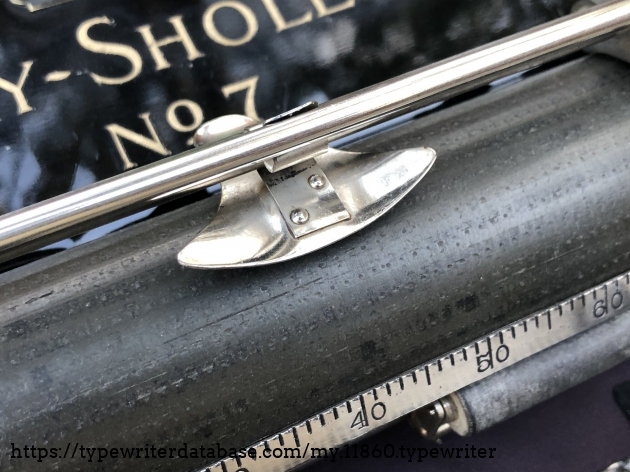
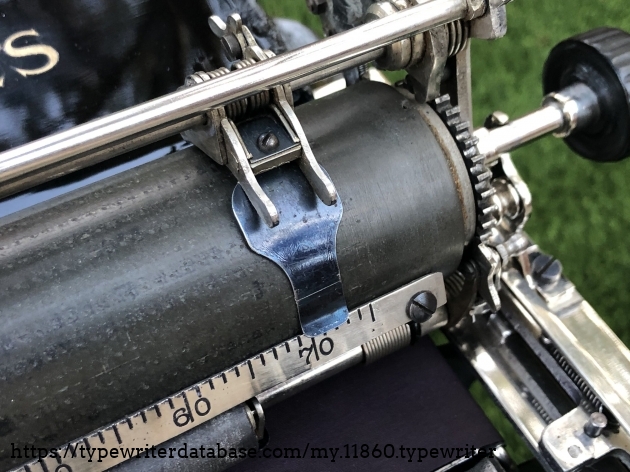
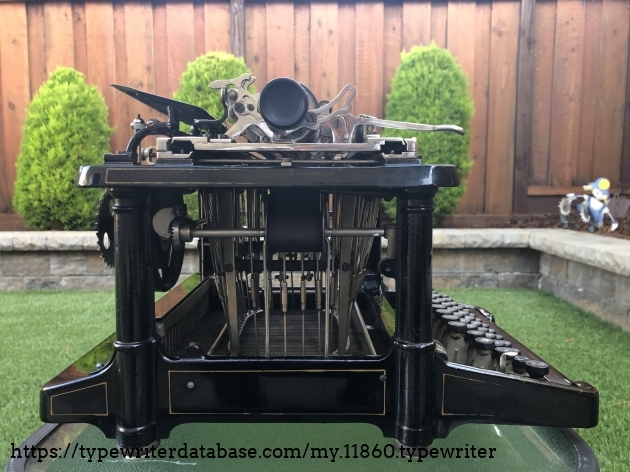
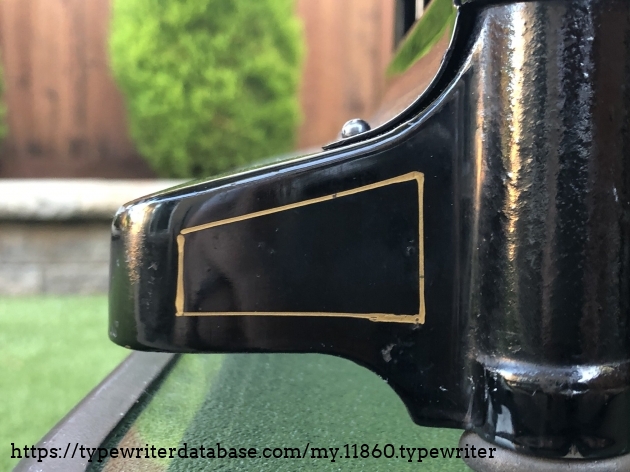
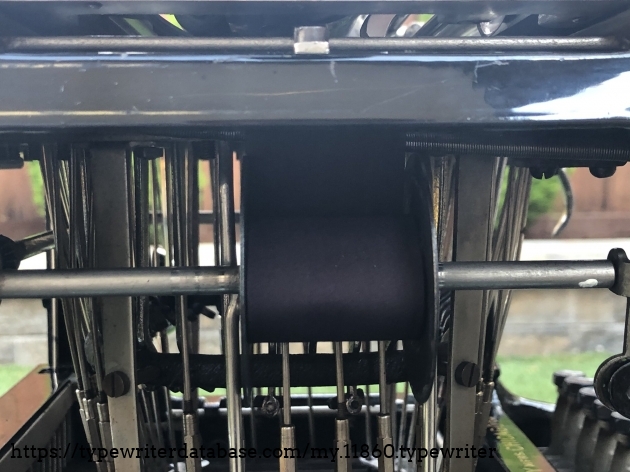
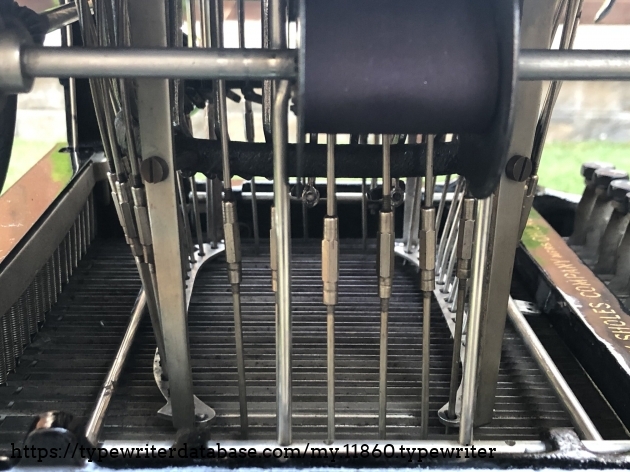
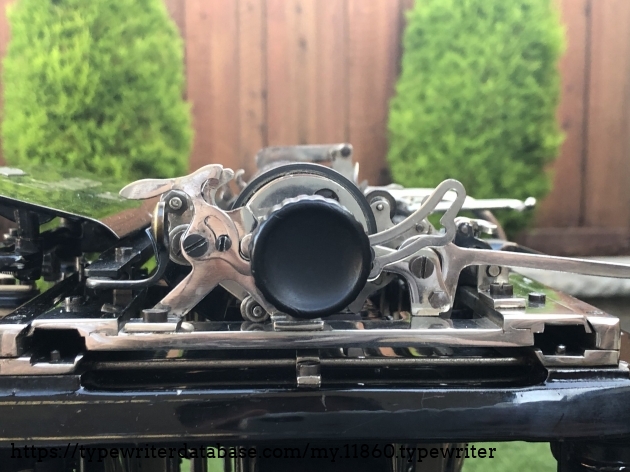
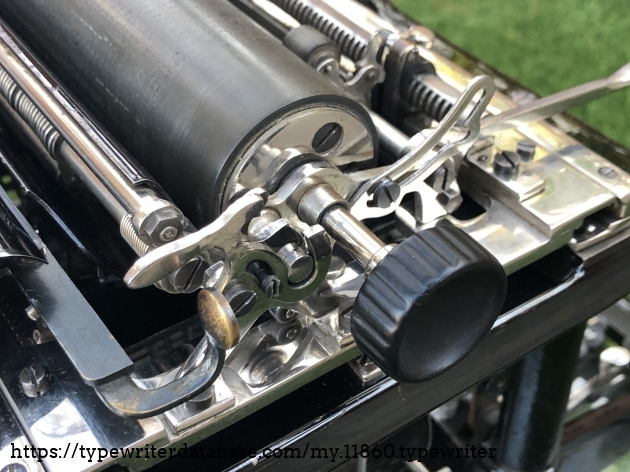
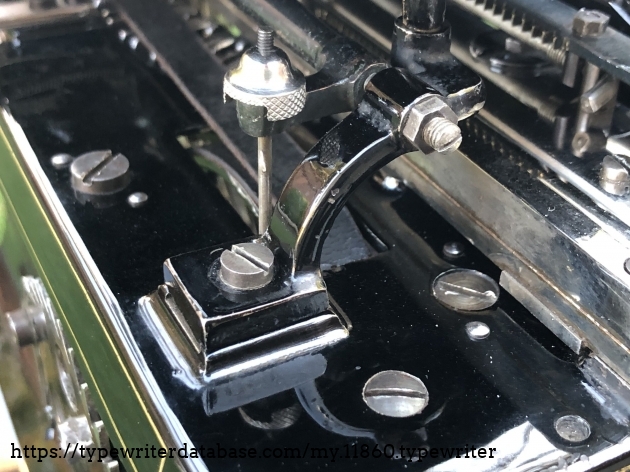
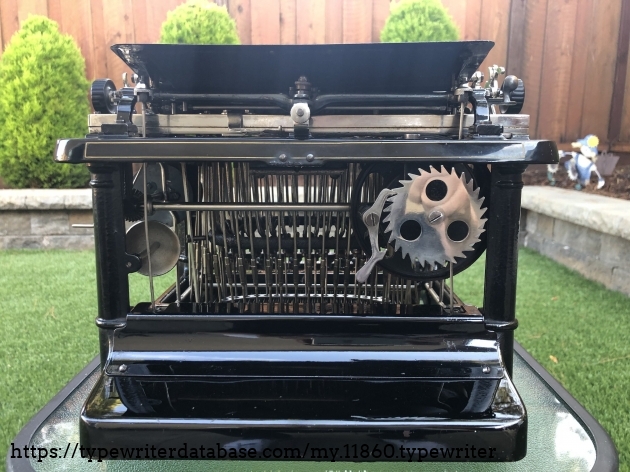
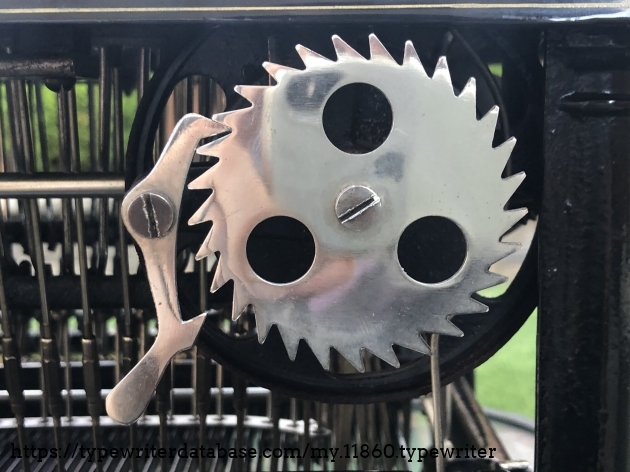
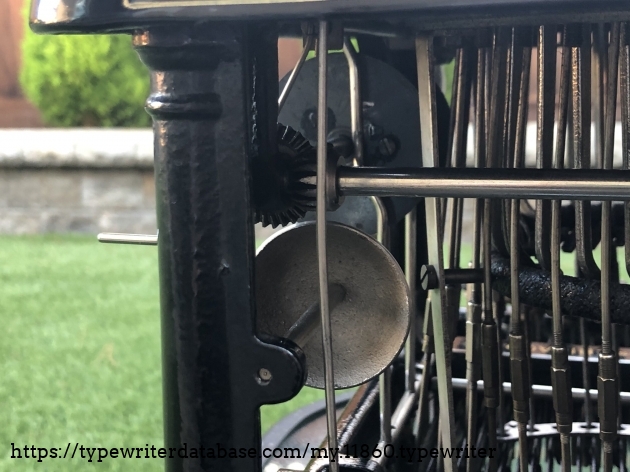
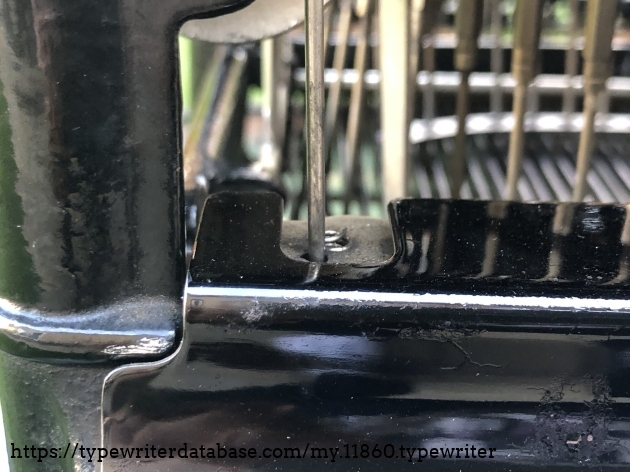
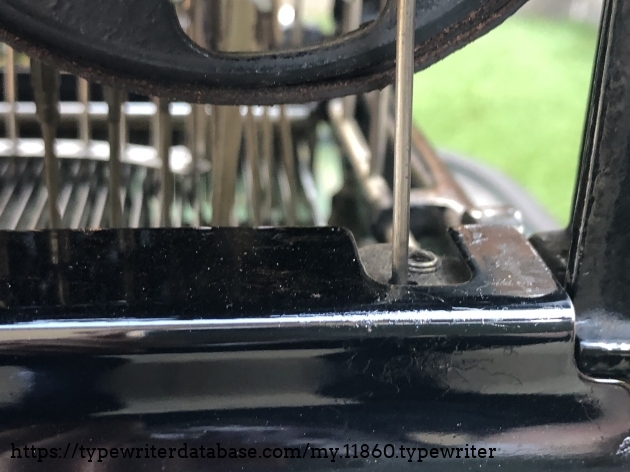
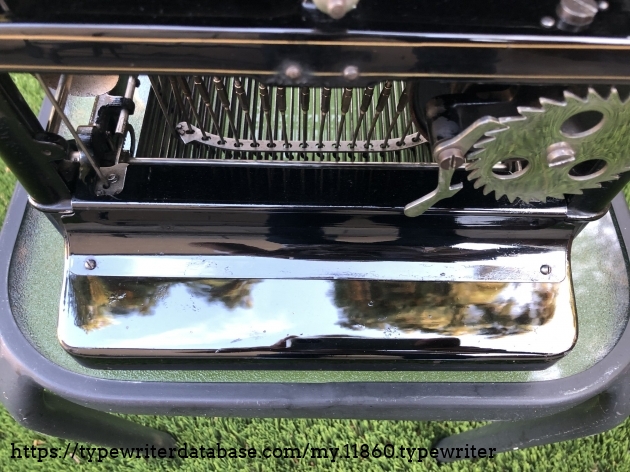
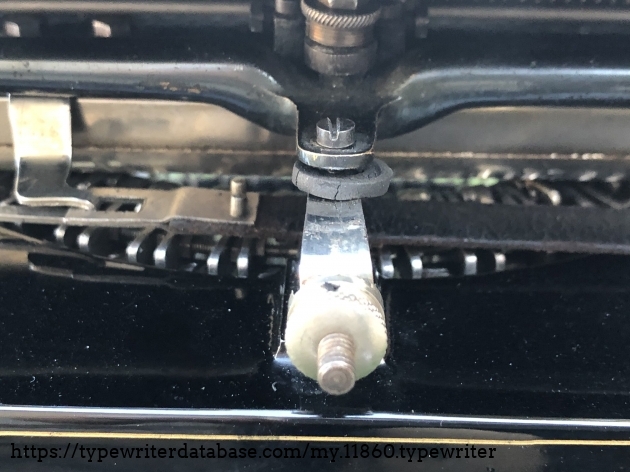
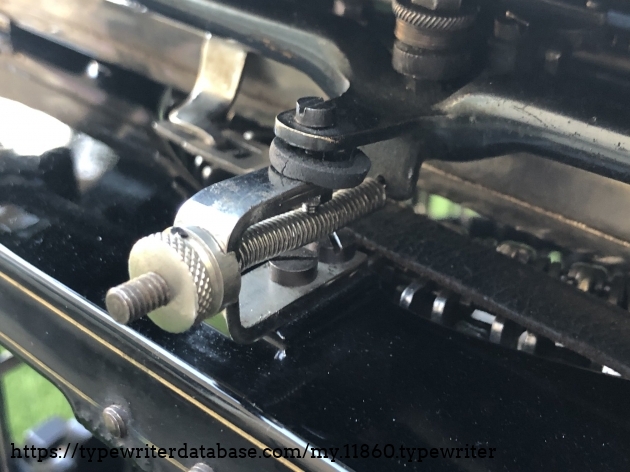
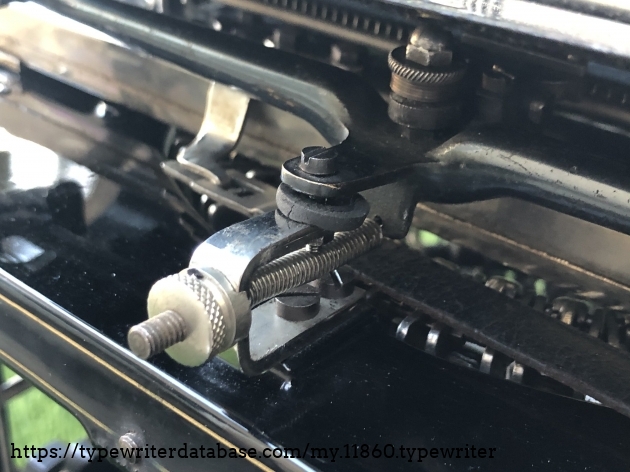
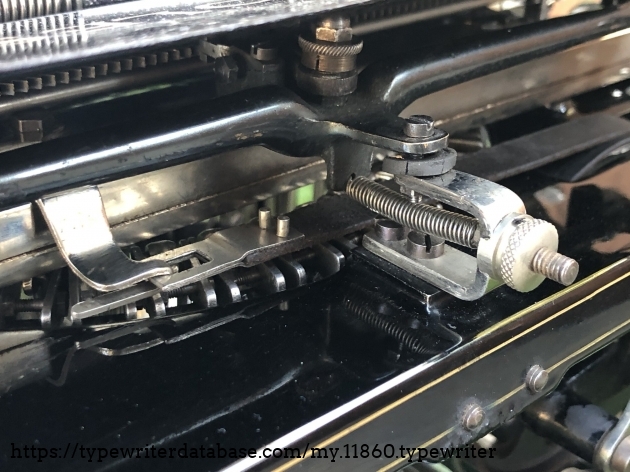
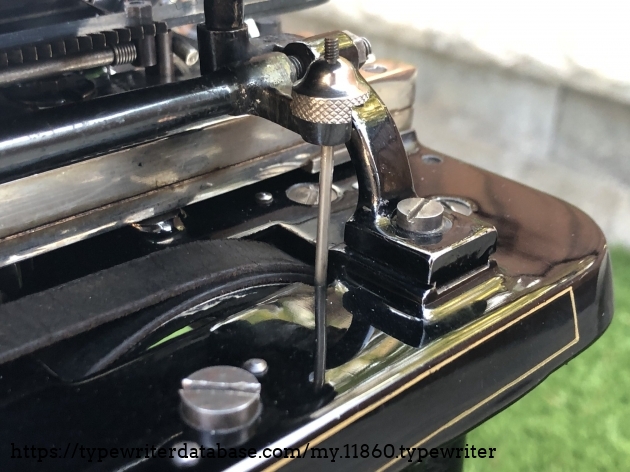
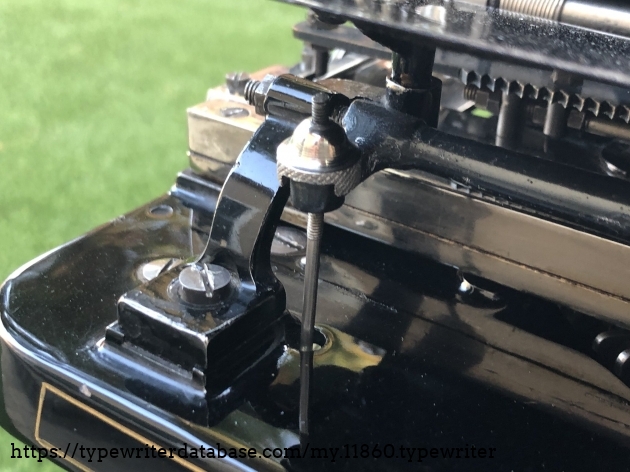
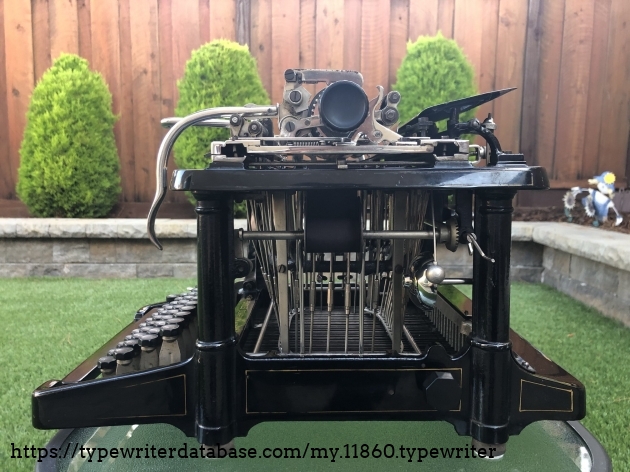
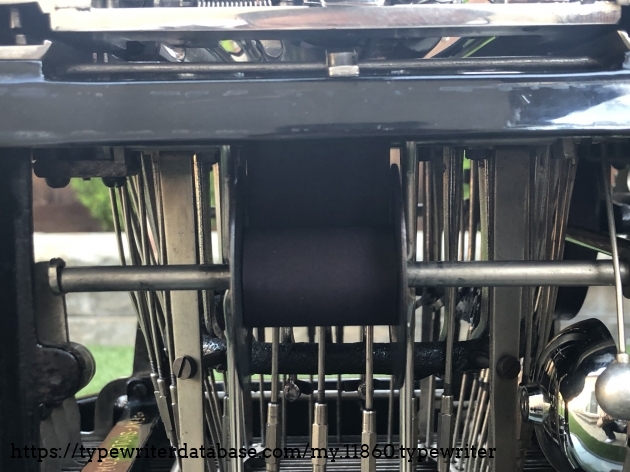
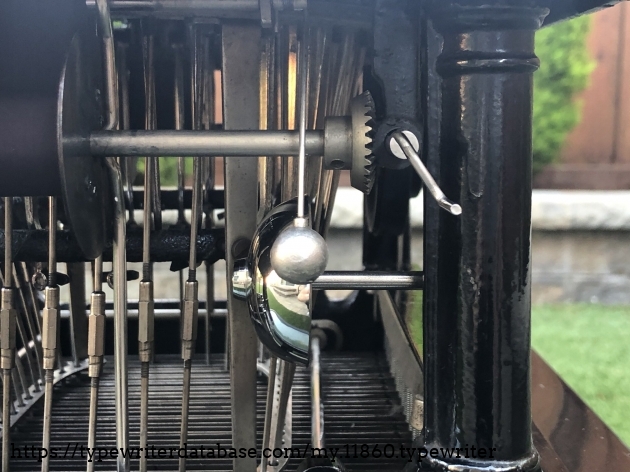
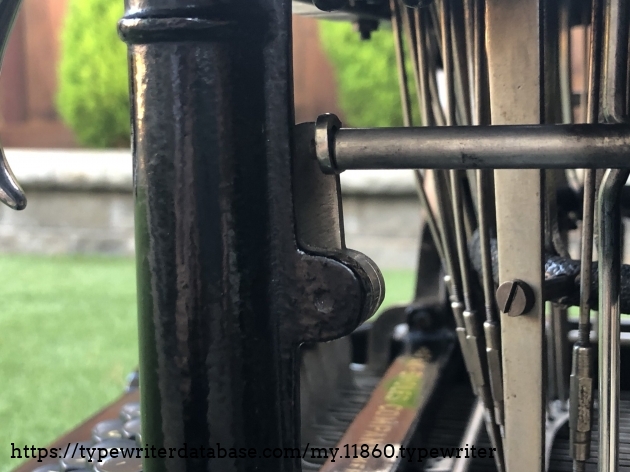
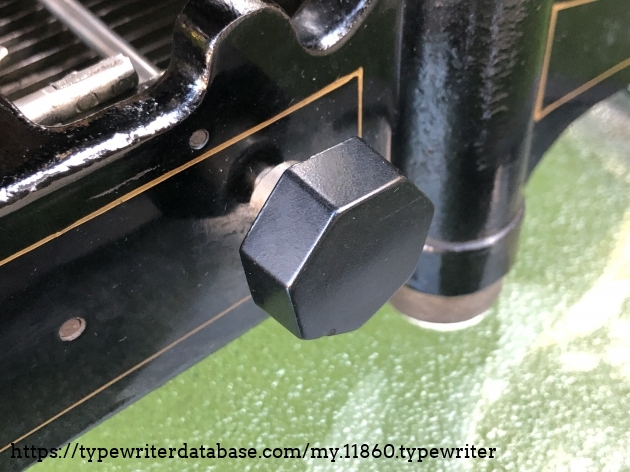
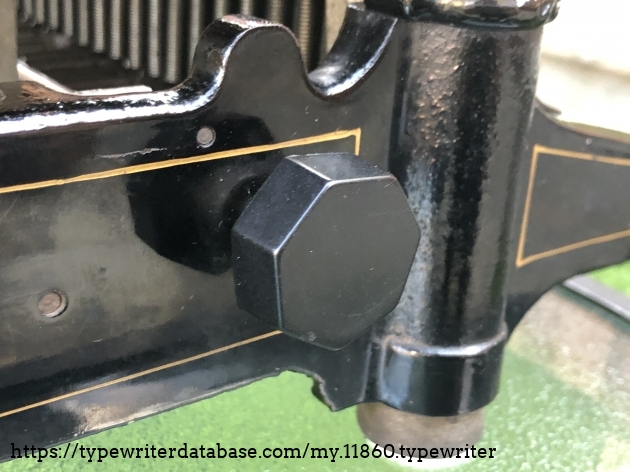
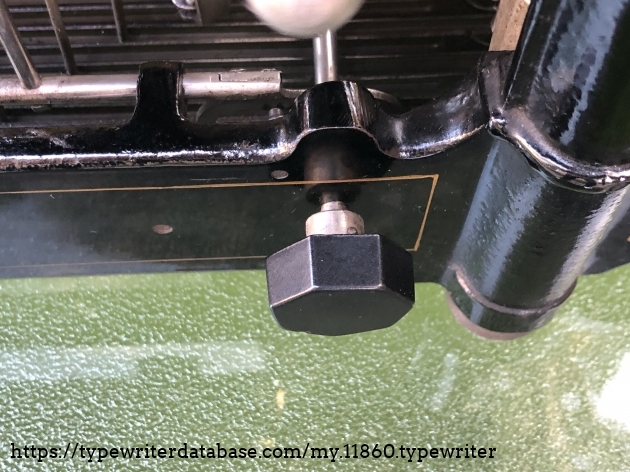
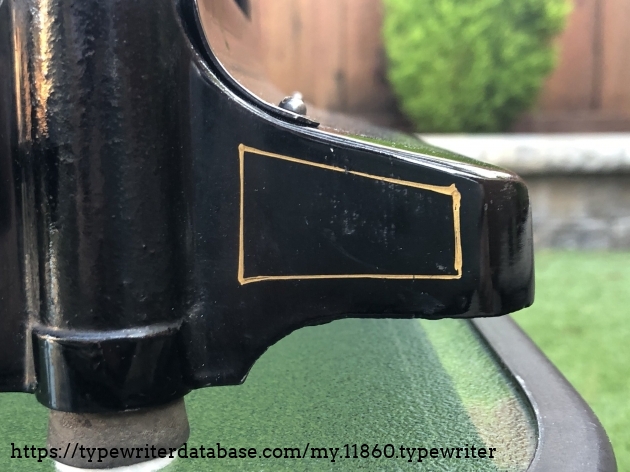
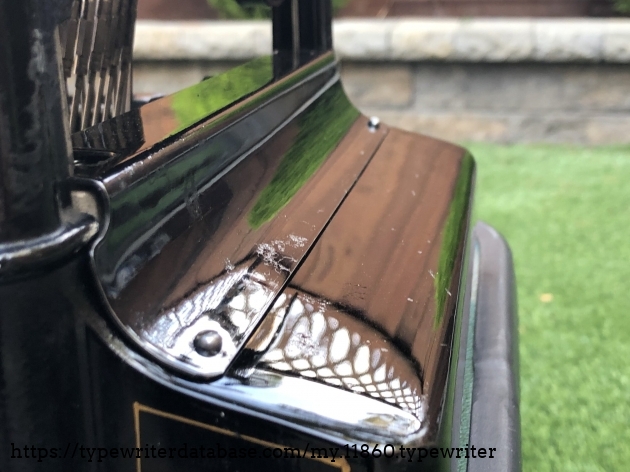
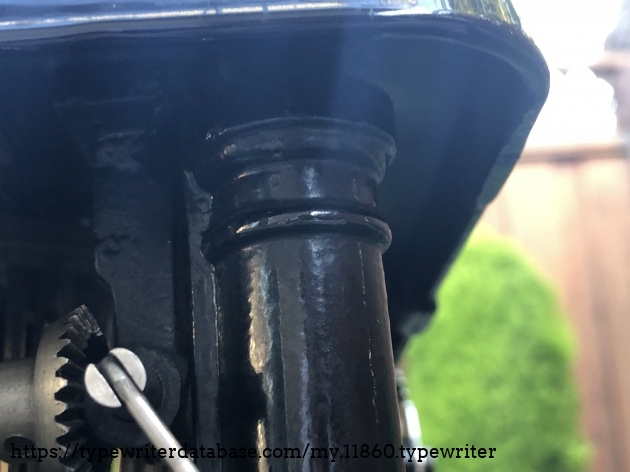
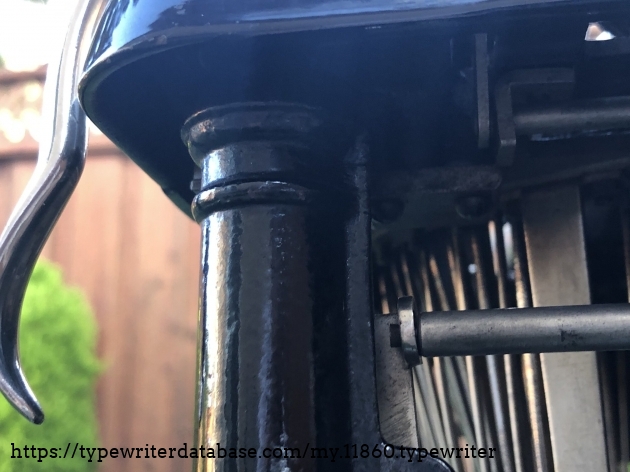
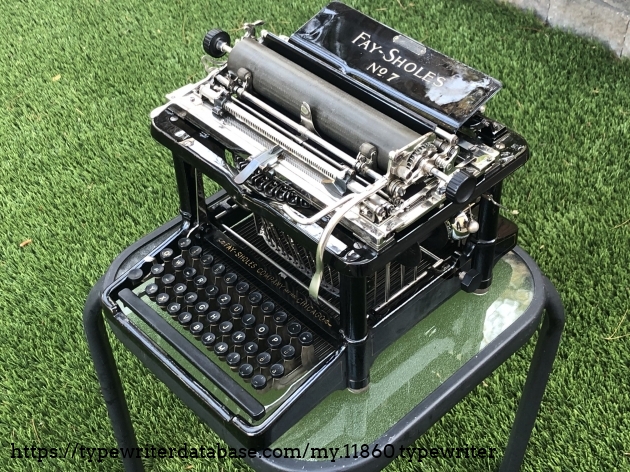
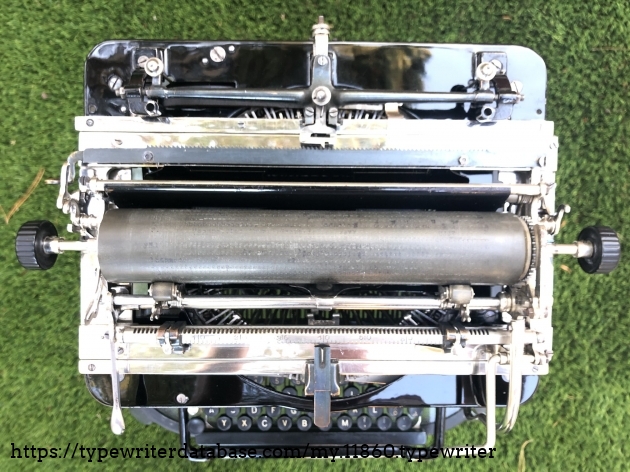
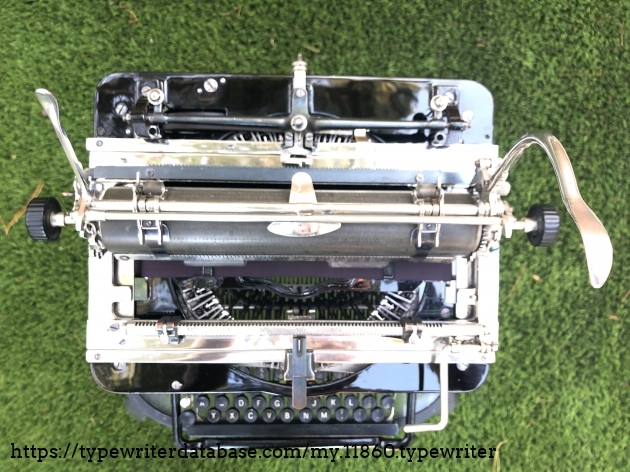
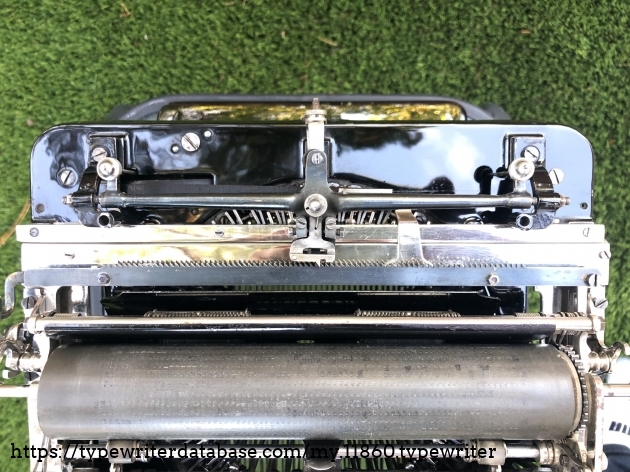
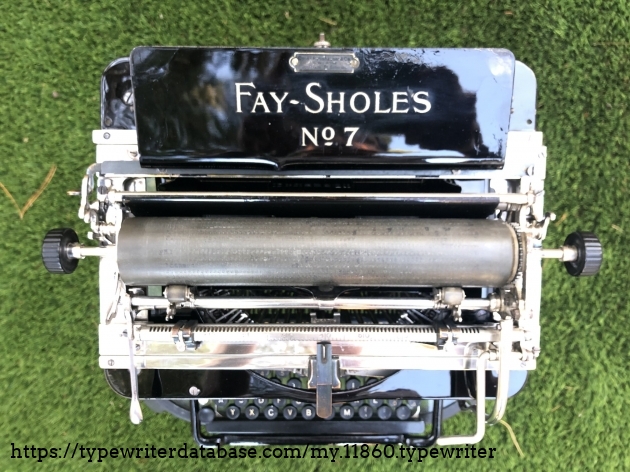
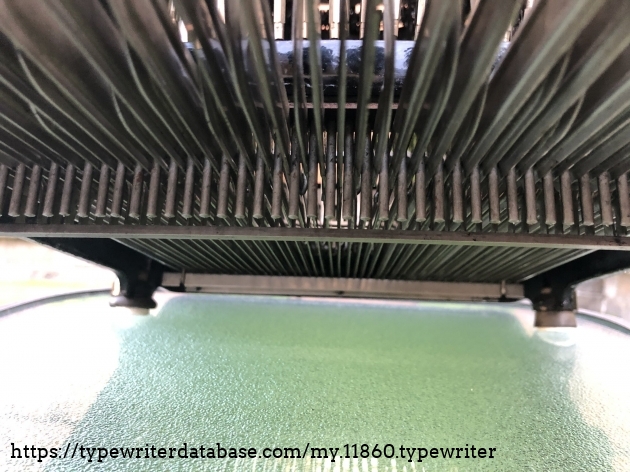
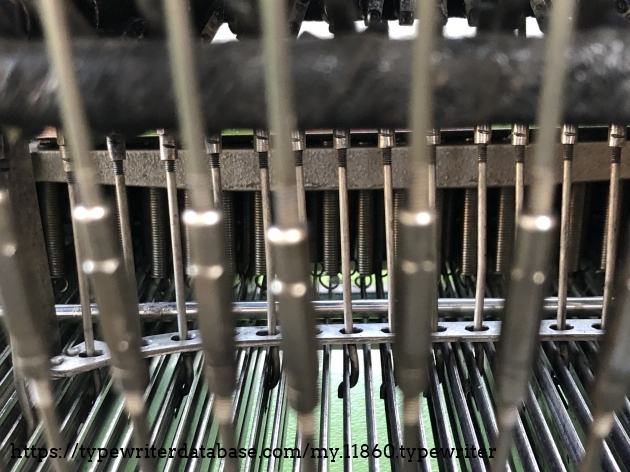
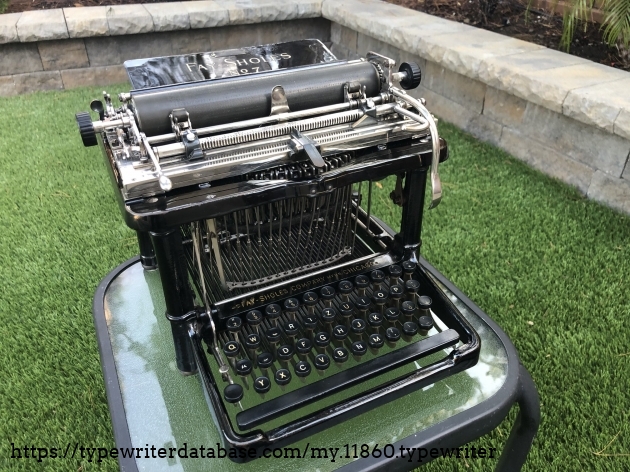
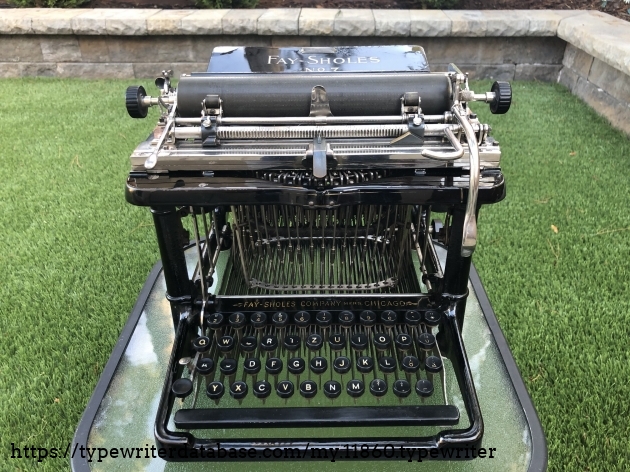
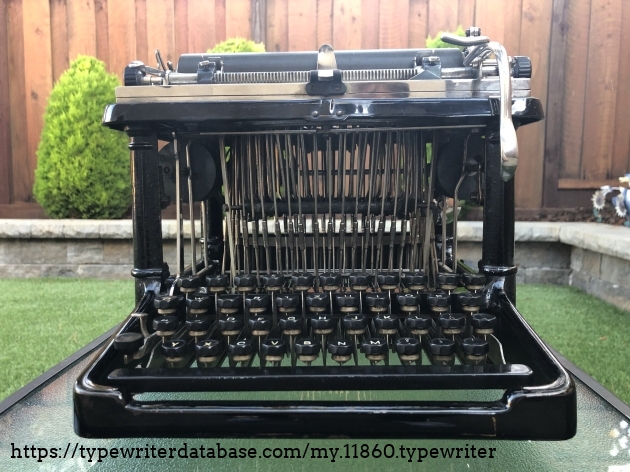
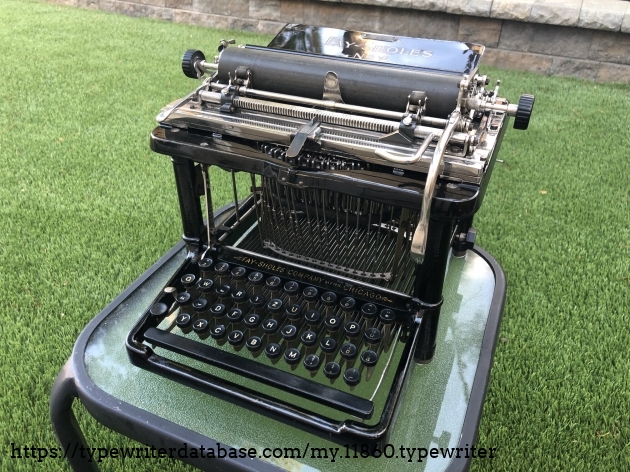
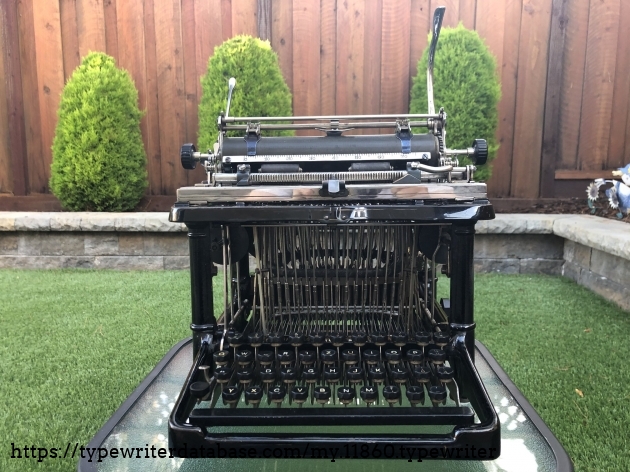
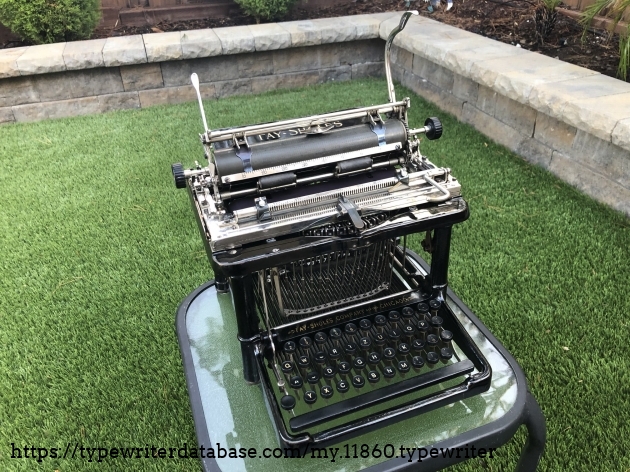
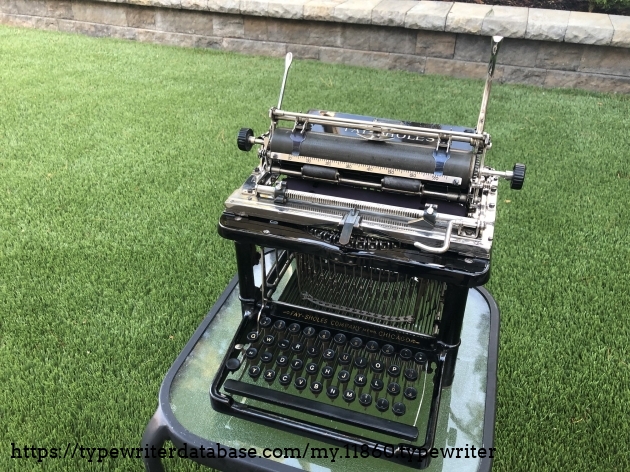
Hunter: Erik Bruchez (ebruchez)
Erik Bruchez's Typewriter Galleries [ My Collection ] [ My Sightings ]

Status: Typewriter Hunter
Points: 12057
I started collecting my first pre-WW2 standard typewriters in 2017. Since then I have added a few machines to my collection, which now ranges from the 1880s to the 1980s. As of 2024, I have more big standard (desktop) typewriters than portables, a few standard electrics, and some unusual machines like Varitypers, uncommon IBM machines, and more. I am not a pro restorer, but I have restored a few of my machines beyond simple cleaning.
RESEARCH NOTE: When researching the Fay-Sholes 7 on a computer with lots of screen real estate, you may find that launching the Fay-Sholes Serial Number page and the Fay-Sholes 7 By Model/Year/Serial page in new browser windows can give you interesting perspectives on changes throughout the model series.
